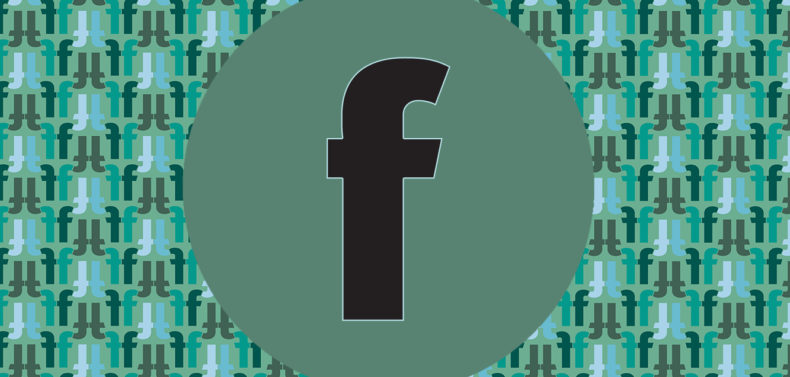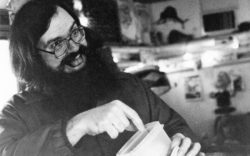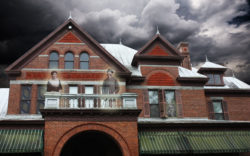Here it is Winter, and my thoughts turn to warm weather to come. I think of New Orleans, that outpost of tolerance in the tropics, a place I have never been. I’ve seen the lights across Lake Ponchartrain from Slidell and Mandeville, but never have I witnessed them from the only hill in Orleans Parish, if man-made: The Broad Street Overpass. I understand New Orleans spreads out at night like a well-lit pancake, shining on forever: Gretna a gleam in the distance; Arabi and Algiers blink away like eyes besieged by 20,000 gnats apiece; Marrero but a candleglow off; Chalmette, awaaaay out in St. Bernard Parish, seems utterly lightyears distant, like some satellite in the mist. New Orleans, home of Dixie Beer: and I’ve never been there, only 512 miles to sloogy down the interstates to it; SO near and yet SO far. In my impecunious condition, so far is so good: I’d be tempted to spend money I don’t have trying Creole cream cheese ice cream, other foodstuffs so alien to my palate that I’d as well be on Mars, and draft Dixie Beer after draft Dixie Beer swigged down to counteract the instant burn-in of hot crawfish after hot crawfish. “New Orleans: the city that taught the United States how to eat,” sez someone I know. Noplace else sace there is food correctly spiced, except perhaps in the depths of Cajun country: places with names like Breaux Bridge, Mamou, Opelousas, Houma, Grosse Tete, Gueydan. I wanna take my anatomy and head it there to postmarks beginning with “7” instead of “3”. Hopefully, I will get my chance soon. Ruby cries for new pine trees, and so do I.
Louisiana distantly rumbling afar, I think now of Florida, the next south of our states. “Why is the capital of Florida Tallahassee?” you may have been motivated to ask, given the shape of the state and the population distribution as it exists now. Well, Tallahassee was the original near-halfway point on the Old Spanish Trail that ran from Pensacola on the west to Saint Augustine on the east: part of the route is nowadays U.S. 90, part other roads. Jacksonville wasn’t a gleam in much of anyone’s eyes then: the Spanish were the first settlers in Florida (except for the Indians, natch): it was they who slashed the wagon road through miles of trackless territory, opening up settlement to places such as Monticello, Quincy, Perry, Madison, and the like. When Tallahassee was chosen to be the capital of The Florida Territory, there was utterly nothing south of, say, about 20 miles below it: the only settlements were Indian except along the coast for a long time. Key West existed down there, but it was A WAYS off, and easily forgotten in the distance. Much of Florida opened around the 1830’s and 1840’s: my own relatives were “crackers” who homesteaded south of what is now Lakeland in the winter of 1848/49, near a now-vanished outpost called Fort Hartsuff. A few of these old forts still exist on the maps: Fort Meade, Fort Lauderdale, Fort Myers, Fort Pierce—some larger ones. Then there are Fort McCoy, Fort Green (they closed the post office there about 1960), Fort Drum (even more obscure), and Fort Ogden. Get out your map of Florida and you’ll locate Fort Ogden on U.S. 17 about 25 miles north of Punta Gorda, where 17 ends into U.S. 41 (The TaMiami Trail). It’s 40 miles east of Sarasota, by the way.
Our story: there once was a man named Bone Mizelle. It is said that his name was actually Napoleon Bonaparte Mizelle, but that is not documented. What IS known is that he had a high-pitched voice, he talked with a lisp, and that everything he ever said was funny. He was THE picture of the Florida Cracker Cowboy, and a True Character if EVER there was one. When painter Frederick Remington ventured to Florida about 1895, he reportedly portrayed Bone Mizelle on horseback as if about to rope a dogie. The Remington paintings of Florida are highly prized collectors’ items now, but we’re talking about Bone. Bone managed to eke out a living fairly well, but he had a weakness for drink. Boy, did he. Once he passed out drunk in Wauchula in the vacant lot that is now the parking lot of the First Baptist Church, across from Beeson’s Drug Store, where Main Street intersects Sixth Avenue. The lot was just a dirt affair at the time, devoid of much grass or vegetation. Assured Bone was out cold for the duration, a group of wags dug a trench around him, filled it with kerosene, and lit it. (He was in no danger, but was totally surrounded by flames.) The conflagration woke him up momentarily. He roused, sat up on one elbow, and mused: “Dead and gone to hell: no worse than I expected.” He went back out and slept until the middle of the next day, the passersby oblivious… after all, this WAS Bone Mizelle, and he did this frequently. One night in 1921 (or was it 1923? I forget), Bone pitched an especially incredible drunk in Fort Ogden and lay down to sleep it off on the steps of the railroad depot. He died in his sleep and may or may not have gotten what he expected. Hid death certificate, on file in the DeSoto County Courthouse in Arcadia, reads under “cause of death”: “Bad whiskey. Went to sleep and did not wake up.” Some of Bone’s friends pulled the ultimate joke, though: as his remains lay in the funeral home, those of a wealthy young man from New England simultaneously occupied in the next room. Bone’s friends switched the coffins, and Bone’s bones were shipped off to Connecticut to be buried by someone else’s family. “Bone always did want to travel up there,” a friend later recalled, “so we did the best by him that we could. Beside, that other feller was already from there, so he’d done been there, and don’t reckon he needed to go back too bad, did he?” The wealthy young man was interred in the cemetery in Arcadia under Bone Mizelle’s headstone, where I understand he remains. Whether the young man’s folks in Connecticut believed in closed-coffin funerals or just didn’t want to make waves is conjecture.
The last time I was in Fort Ogden, the lonely depot, its tracks pulled up and moved over a ways years before, held forth a stark and lonely sentinel in what little you see of Fort Ogden on current U.S. 17. It’s a fruit shed now, selling oranges and grapefruit to touristers and locals alike. I hope it’s still there now; Bone Mizelle died there, and that makes it a Bone-a-fide piece of history to me.
(30.)
Like what you just read? Support Flagpole by making a donation today. Every dollar you give helps fund our ongoing mission to provide Athens with quality, independent journalism.









